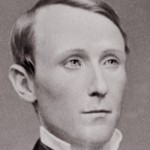
Most students are unfamiliar with the Filibuster of the 1850s. If anything, one associates it with attempts to prevent a vote on bills in the US Senate. T. J. Stiles’ essay in the Gilder Lehrman’s online journal History Now provides a nice overview of the subject and profiles the infamous “Filibuster King” William Walker. “Filibusters were independent adventurers who launched freelance invasions of foreign countries” and most planned “to annex them to the United States,” as Stiles explains. Walker’s actions violated the US Neutrality Act, but he always believed that he was “destined to create a central American empire.” One of Walker’s targets was Nicaragua, which he invaded in 1855 and was later forced out by May 1857. While Stiles discusses this invasion, another short essay provides images from Frank Leslie’s Illustrated Newspaper. House Divided also has material on this topic, including more primary sources related to Walker and other filibusters like John A. Quitman.

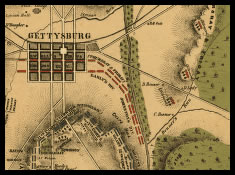 capital of
capital of 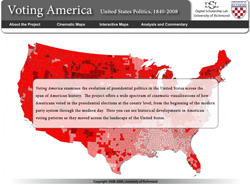 The University of Richmond Digital Scholarship Lab’s “
The University of Richmond Digital Scholarship Lab’s “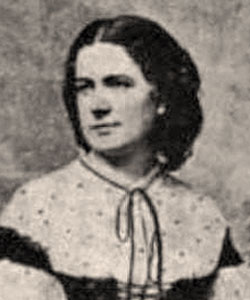
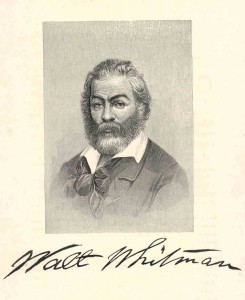
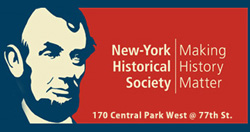
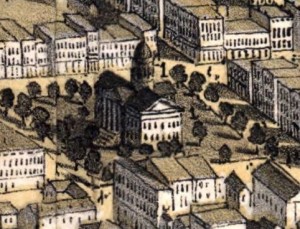
 ancis Kemp
ancis Kemp






